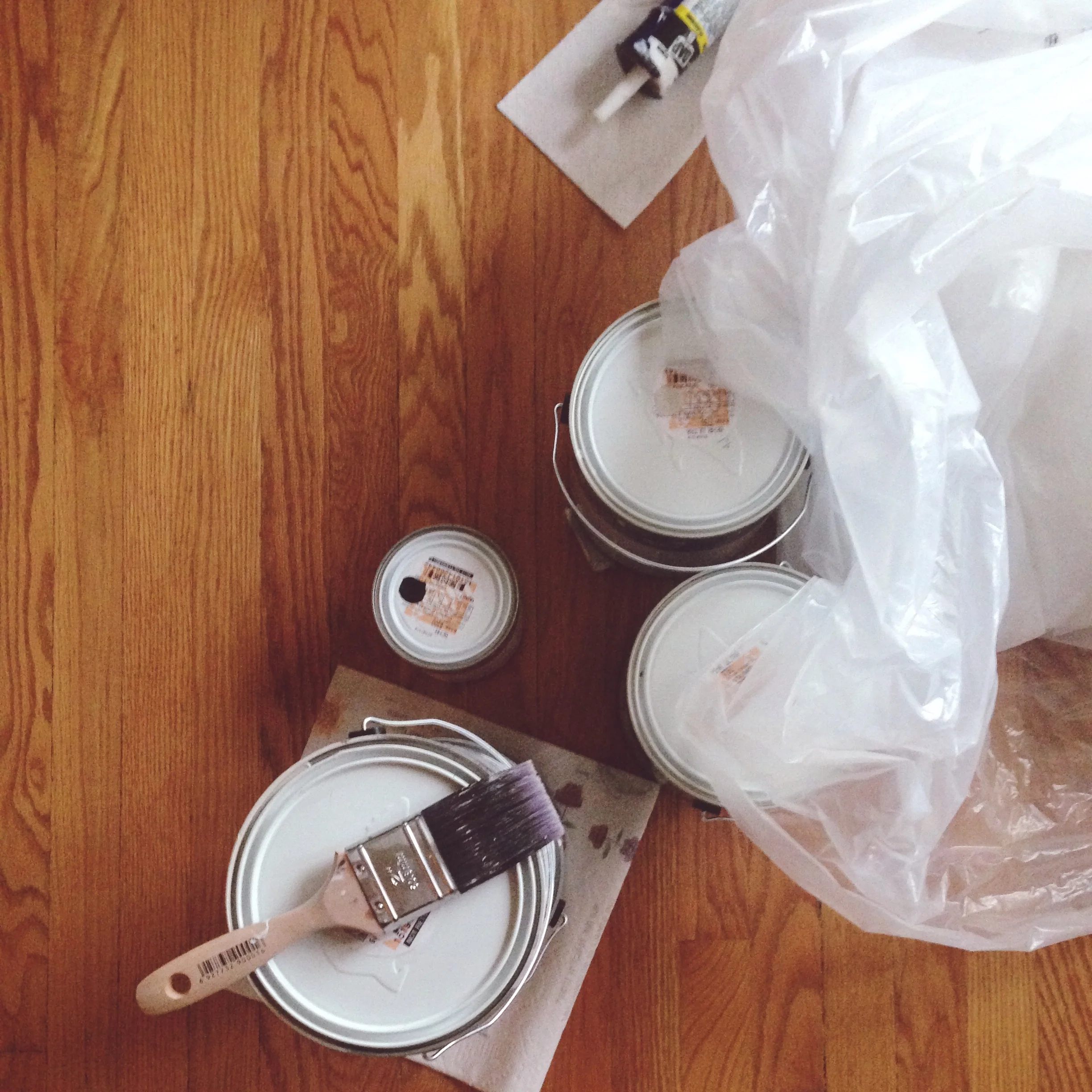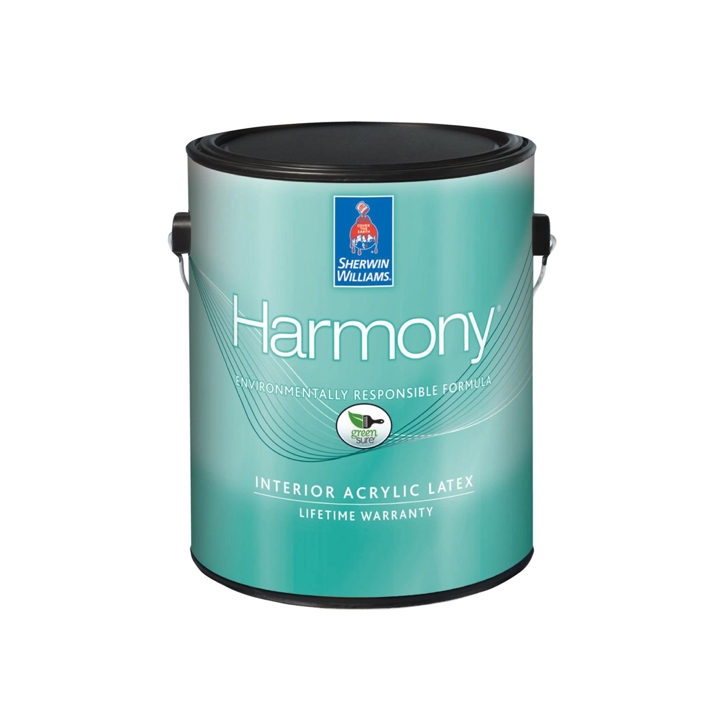Paint Basics

If you've managed to successfully select paint colors, now you're on to the technical part: brand, product line or type, and sheen. Your painter may make recommendations on all the above, but be cautious as he or she may favor the path of least resistance. If you want it done well and done right, then here's all you need to know.
WHICH BRAND TO USE
We prefer Benjamin Moore colors, but our painters seem to favor Sherwin Williams paints. Good news: most paint colors are custom mixed by computer (much like ink in a printer), which means any paint shop can easily custom-match another brand's color to the paint brand they carry. Just be sure you have the brand and color number. There are many options (and, of course, more expensive ones with boutique labeling), the quality of Sherwin Williams' paints has proven itself time and again. Note: many designers, painters and paint companies will tell you that using one brand's color and another's paint will not yield in a perfect color match. We have not found this to be an issue.
WHICH PRODUCT TYPE TO USE
Above coverage, ease of use, and perceived quality, it's important to select a paint line that rated low (or, better yet, zero) for volatile organic compounds, or VOCs. According to Consumer Reports, "VOCs are solvents that get released into the air as the paint dries. VOCs can cause acute symptoms, including headaches and dizziness. The long-term effects are less certain, but according to the U.S. Environmental Protection Agency, some VOCs are suspected carcinogens." All the major paint lines now have low VOC options that are, surprisingly, not much more expensive than their more toxic counterparts.
Mary recently used Sherwin Williams' Harmony line in her home, which is "zero VOC" formula and loves it. "No icky fumes while painting and it has held up beautifully."
WHICH SHEEN TO USE
Flat, matte and eggshell sheens are best suited for low-traffic areas or walls with imperfections. These are tougher to clean than their glossier counterparts and are therefore used on ceilings and in dining rooms, bedrooms and home offices (if at all).
Satin sheen is our go-to for walls throughout the home. It is very can be easily wiped clean, softly reflects light and is forgiving in revealing wall flaws.
Semi-gloss is preferred for trim work and doors. It is easy to clean and reflects light for a smooth, polished finish.
Gloss provides a high-shine finish that is perfect for furniture, cabinetry or other surfaces that will be frequently wiped.
Wondering which colors to choose? Here are our go-to neutrals.
Have an idea to share with us about this topic? We'd love to hear from you. Contact us.

